This post is sponsored by Atrocitum Design Bureau.
Atrocitum Design Bureau — we raise our crafts' performance cost to infinity & beyond!
Masterpiece of Japanese alternative engineering
Features
•Revolver launch system
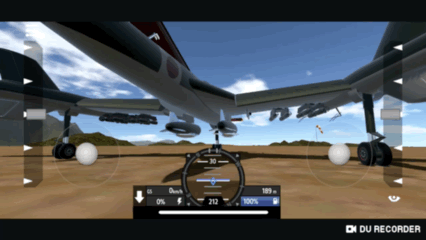
•Realistic cockpit

•Auto-aim/Camera-aim foldable rear turret (credit to @KingOfTypos & his excellent for FT code
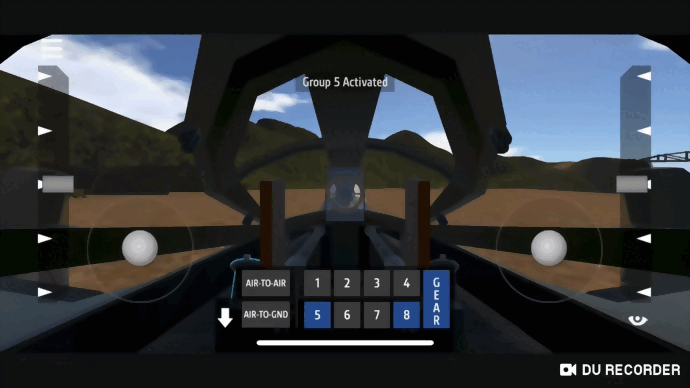
•Radar-guided glide bombs with no lock-on needed
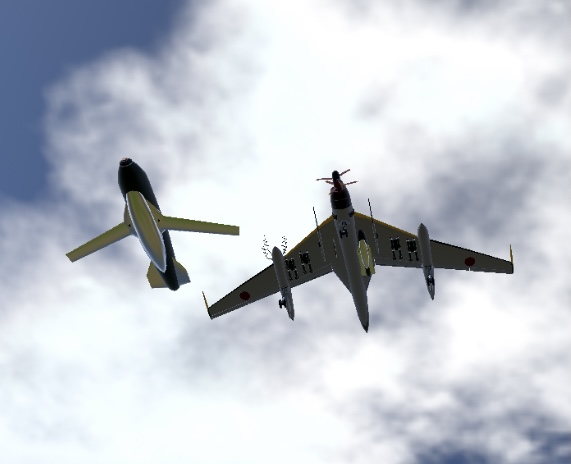
•Arcade mode HMD

•Realistic engine start procedure (realistic mode only)
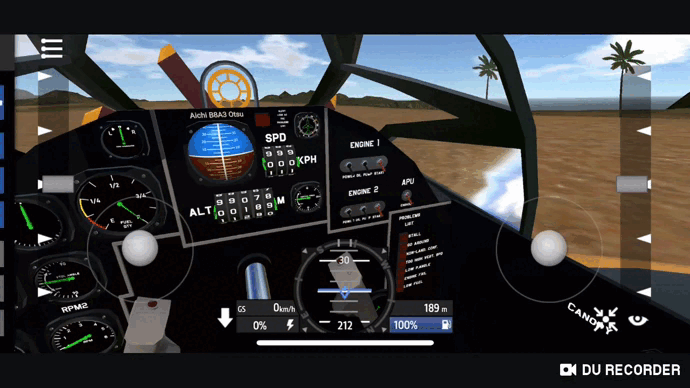
•Automatic stabilization system
•Arcade/Realistic mode switch — for both simulator fans & easy flight enjoyers
•Engine reverse
•Revolving speed & altitude counters
•Case ejection for autocannons & turret MGs
Controls
Or just read craft instructions
•AG8 — switch between Arcade & Realistic mode (AG8 Activated = Arcade mode)
Arcade mode: HMD available, no need to start engine, in-game interface controls
Realistic mode: starting procedure, cockpit controls
•AG1 — activate turret (if canopy closed)
•AG2 — activate ground reverse
•AG3 — jettison weapons
•AG4 — manual flaps control
•AG5 — canopy (only on the ground)
•AG6 — eject (ejection blocks all plane controls)
History
The B8Y is a multipurpose aircraft developed by the Aichi design bureau from 1942 to 1945. The power unit of two Nakajima NK-105-1800X 2500-hp turboprop engines allowed the aircraft to reach speeds of up to 800 km/h near the ground, and the flying wing aerodynamic scheme provided excellent maneuverability. For the first time in the world, an electro-hydraulic control system with a high degree of automation was installed on the aircraft. The B8Y-3 Otsu "Sandara" is a front-line bomber capable of carrying an impressive payload - two 750-kg guided glide bombs, six 350-kg bombs in a revolver launcher, sixteen 100-kg bombs on beam holders, and two 45-mm Ho-IV automatic cannons. B8Y-3s were first used in 1945 against Allied troops advancing on Okinawa. Many of the Allied capital ships were sunk by gliding bombs, and the offensive was thwarted. Until the defeat of Japan in 1949, these bombers were the main threat to both the Soviet army and the allied forces.
Some screenshots
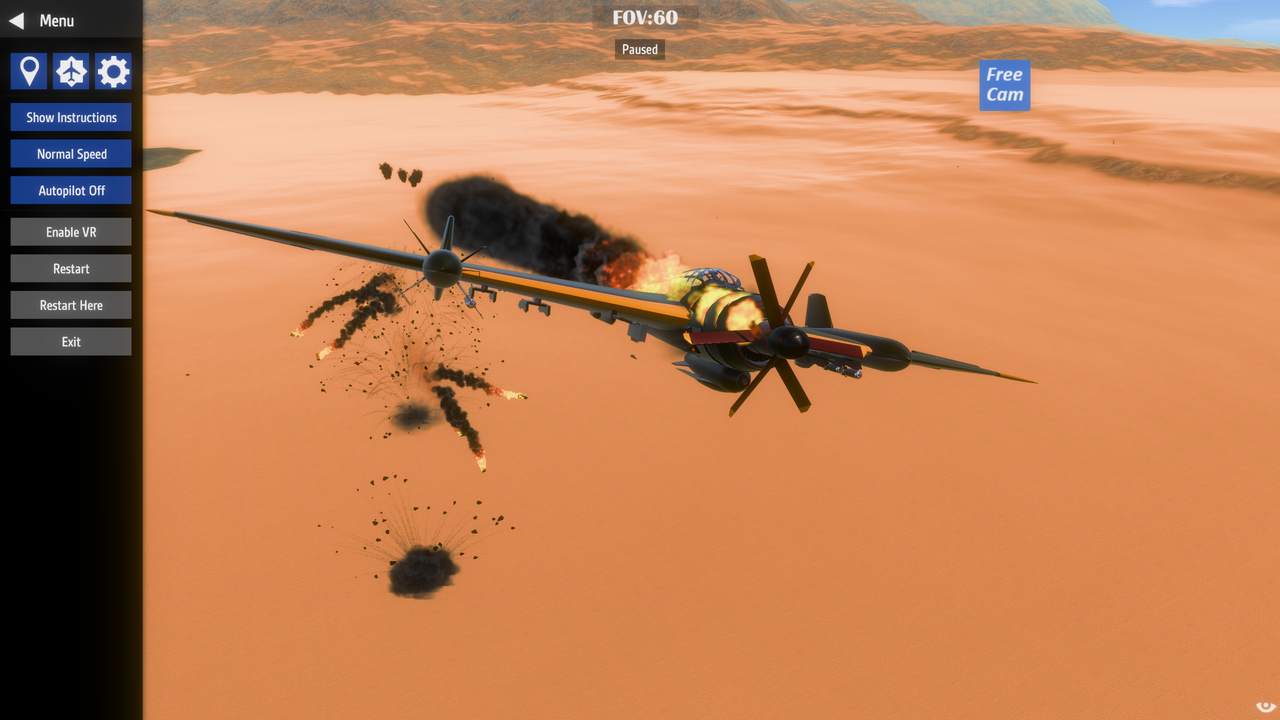
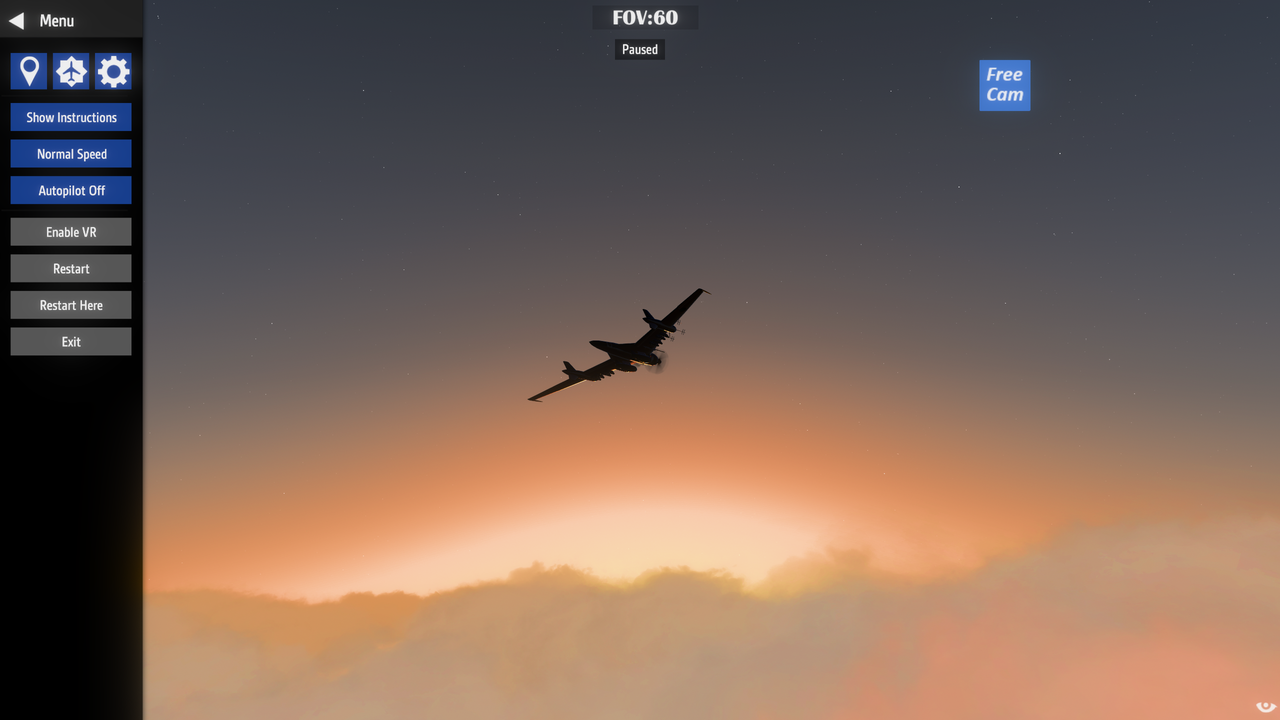


Specifications
Spotlights
- goboygo1 2.0 years ago
- TheChosenOne 1.9 years ago
- MAHADI 2.0 years ago
- Type2volkswagen 2.0 years ago
- ThomasRoderick 2.0 years ago
- UnguidedCylinder 2.0 years ago
- dINE 2.0 years ago
- JuanShot2Go 2.0 years ago
- LieutenantSOT 2.0 years ago
- EasternPatrick 2.0 years ago
- Dracul0Anderson 2.0 years ago
- Icey21 2.0 years ago
- 210100 2.0 years ago
- WinsWings 2.0 years ago
- nekoanii 2.0 years ago
- SonsoftheMoth 2.0 years ago
General Characteristics
- Created On iOS
- Wingspan 69.1ft (21.1m)
- Length 41.2ft (12.6m)
- Height 12.4ft (3.8m)
- Empty Weight 31,667lbs (14,364kg)
- Loaded Weight 39,278lbs (17,816kg)
Performance
- Power/Weight Ratio 0.171
- Horse Power/Weight Ratio 0.127
- Wing Loading 51.1lbs/ft2 (249.4kg/m2)
- Wing Area 768.9ft2 (71.4m2)
- Drag Points 2150
Parts
- Number of Parts 939
- Control Surfaces 7
- Performance Cost 4,704

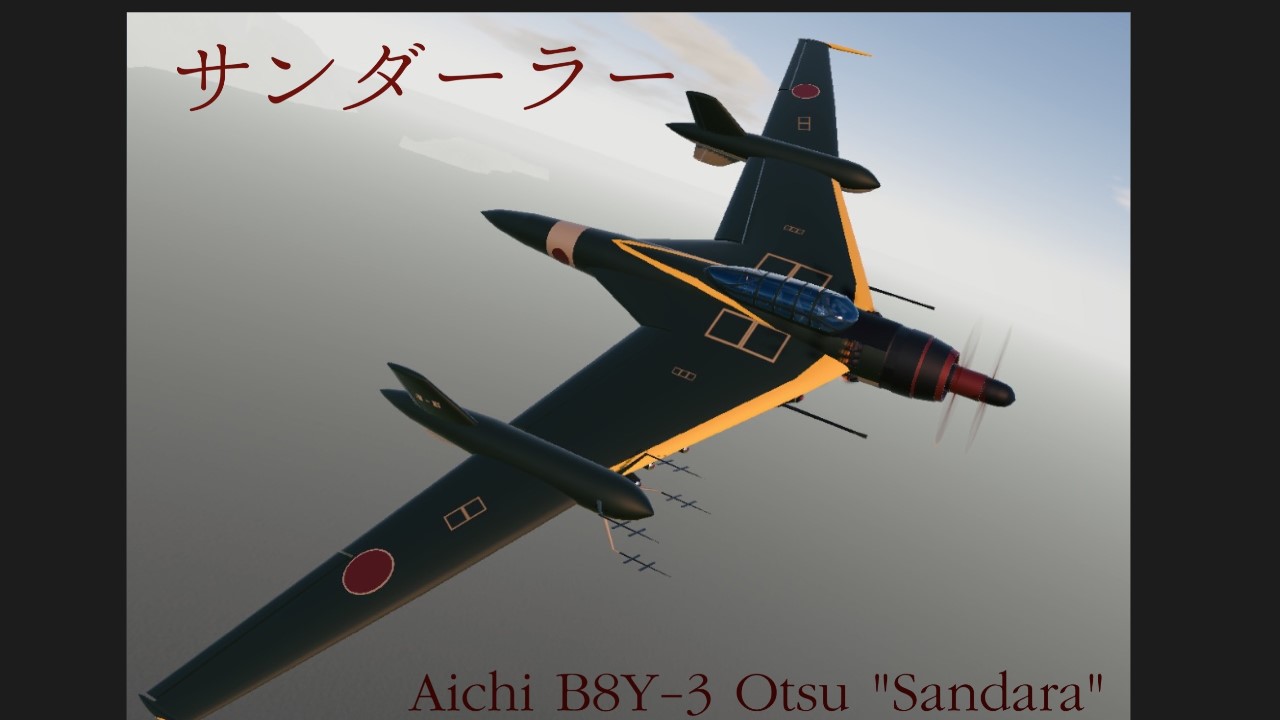
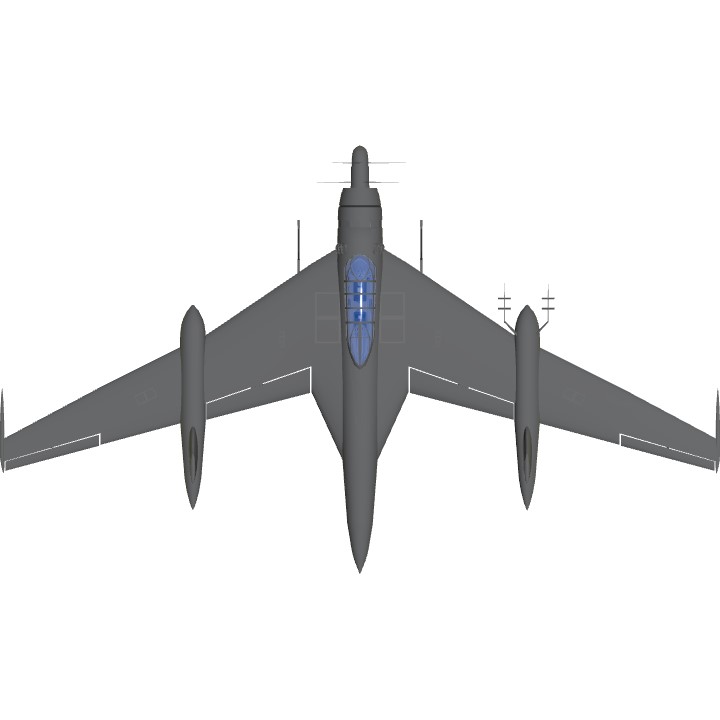
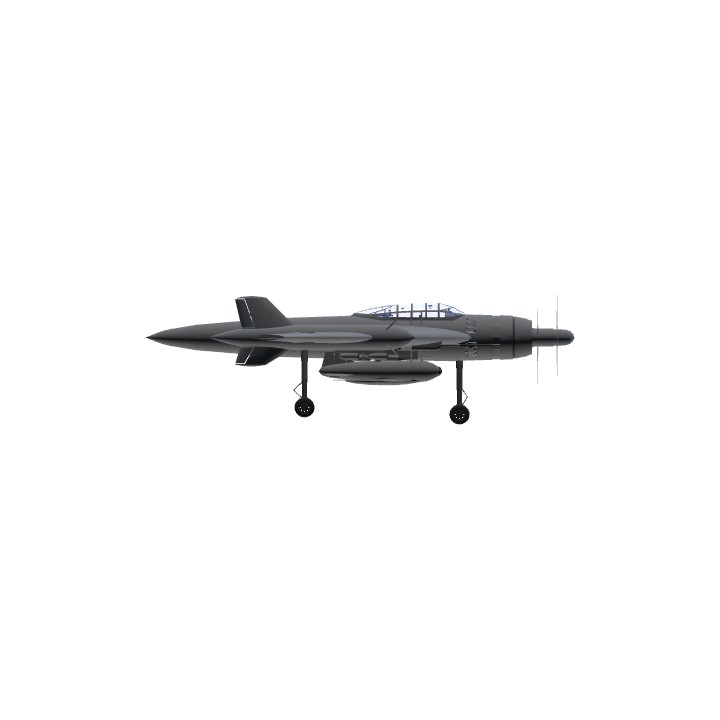

Update history:
v1.1
fixed crashes
جالبه
@ErmakSP that's interesting
@Noplane because author of this art is Russian
@ErmakSP ХОРОШ
@Noplane easter egg for those who knows
Why is there Russian in the side
Looks like I have a lot to learn Funky Trees from you
i don't remember asking to be tagged however nice build
Отличный самолёт, но один вопрос:
Зачем гордому японскому пилоту нужна система катапультирования?
Sweet build! Love the fusion of modern HUD and retro number dials. Pop up rear gun, little flames from the engine exhaust. So much to like here.
Awesome. I like this concept. Spotlighted and upvoted
Epic
@Nerfaddict but it's a craft, not forum post...
U can download it
T
tagging 4:
@HuskyDynamics01
@Gro
@Anomalocaris
tagging 3:
@Bryan5
@LieutenantSOT
@DeutscheLufthansaAG
tagging 2:
@WinsWings
@IceCraftGaming
@MAHADI
tagging 1:
@Zaineman
@BeastHunter
@Farewellntchii